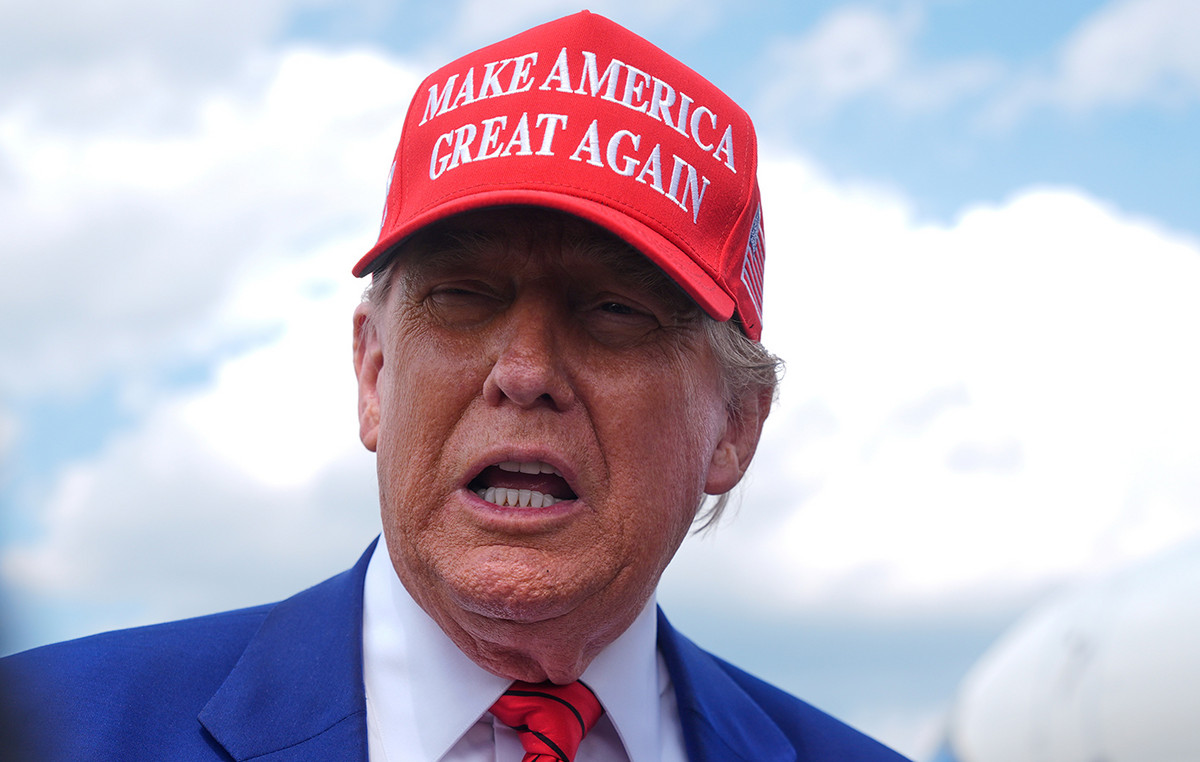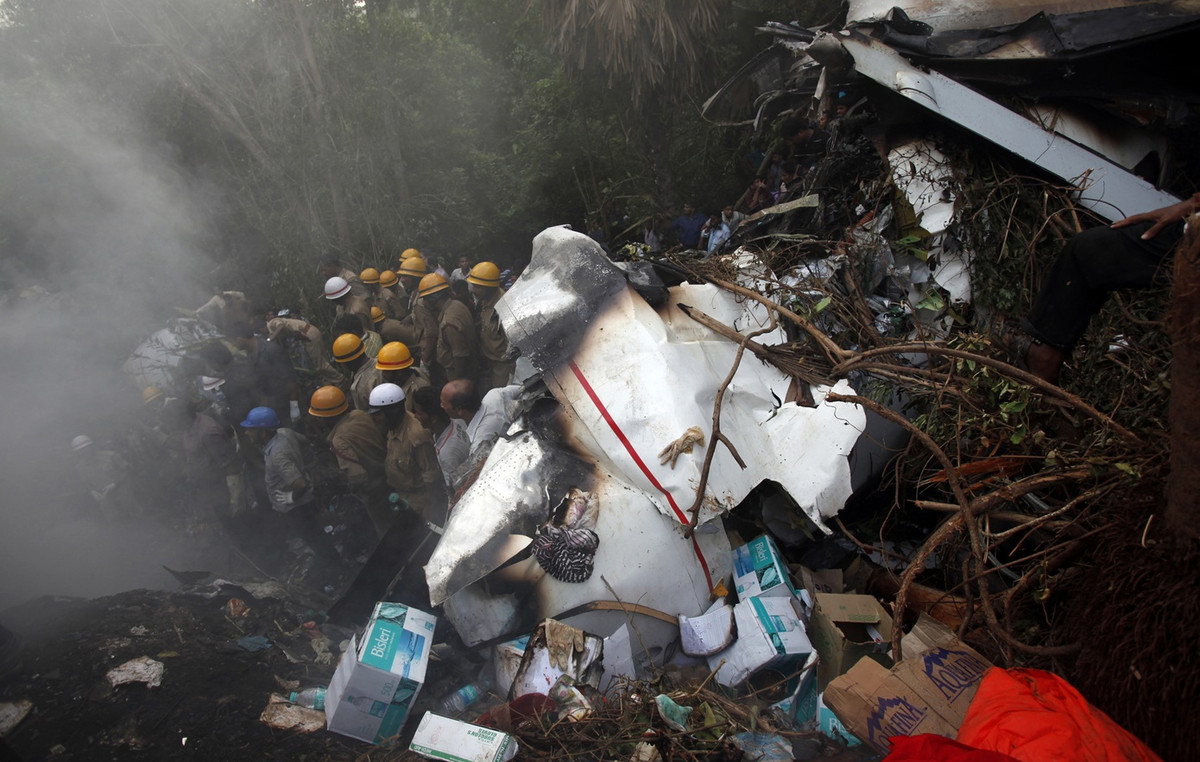Of Craig Hooper
As the Biden administration prepares to unveil a sharply revised and more Russia-focused national security strategy in the coming weeks, it’s no secret that the process of shaping America’s national security strategy has stalled.
America’s strategic challenges are multifaceted, the formulation process is bureaucratically painful, and by the time America’s new grand national defense strategy is finally ready to be implemented, it is either overtaken by events or an entirely new team is installed in the White House.
This is a corrosive exercise. As one administration after another produces National Security Strategies filled with little more than watered-down, overly broad proclamations about protecting “the American people, the homeland, and the American way of life,” talented national security operatives are opting out of the whole process, leaving it to people who enjoy nothing more than long meetings in Washington and mid-meeting pats on the back.
But the failure to produce a durable, long-term national security strategy spills over into other components of the national security space. Instead of building a defined strategy, the US Navy and others resort to the “warrior” ethos, focusing on building a collection of tactics without a defined goal or end state.
America’s leisurely march toward a sluggish and watered-down strategic “document” does it no good. This failure to quickly create bold, flexible, and long-term strategies leads to strategic paralysis and has real national security consequences.
The world moves fast. Adversaries are quick to identify and focus on America’s policy loopholes, knowing that America’s cumbersome national security procedures will not respond.
After 7 years, America still has no answer for strategic nihilism
Take for example America’s strange somnolence in the face of Russia’s thirst for “nihilistic” weapons of mass destruction.
In late 2015, Russia “revealed” plans for a nuclear-powered, autonomous nuclear-armed torpedo, variously called the Satus-6, Kanyon, or Poseidon. Designed solely to deliver and detonate a nuclear weapon near coastal cities, the resulting radioactivity from an irradiated seabed would be devastating.
Worse, opposing forces are likely to be unable to distinguish between a deployment, an “unmanned” test launch of the weapon, and an actual attack.
Despite the emergence of a terribly destabilizing weapon—a mortal threat to any landlocked nation—America has done very little. Around the time Russia unveiled its new new weapon, American national security thinkers did the obligatory round of timid applause, but, other than that, the US was largely—and surprisingly—silent.
US diplomats have failed to organize international responses, national security leaders have offered no deterrence-oriented statement, and the US Navy has offered no publicly communicable tactical outline of how America and other free nations might broadly respond to a such a scary weapon.
Facing no response, the Russians proceeded with the “doomsday torpedo” in operational tests. Last month, with the commissioning of the Poseidon-ready K-329 Belgorod submarine, a long-built “modified” variant of older Oscar II-class cruise missile submarines, Russia can now conduct more realistic tests and possibly send even the nuclear-armed submarine on an operational mission with a Poseidon.
And yet, America is still silent.
It is simply stunning that, seven years after the revelation of the Russian torpedo disaster. no one seems to know how America will deal with this new device. America has no strategy.
This never happened during the latter stages of the Cold War. As Russia expanded its submarine-launched ballistic missile fleet in the 1980s, Navy Secretary John Lehman and others developed a multifaceted strategy to counter Russia’s submarine-launched ballistic missile fleet and asked Congress to fund it. And while the public may not have known the exact tactical aspects of the strategy, the basic strategy was there for all to see. And this strategy helped win the Cold War.
China is also in the game
But now, with no effort to prevent Russian “nihilation”—no real American response and no attempt to forge a coherent international response to these weapons—China, ever ready to exploit emerging gaps in American national security policy, is quickly following suit. of Russia, proposing to build clusters of long-range nuclear torpedoes of a similar nature.
Except for a few brave diplomats on the fringes of American strategic policy, America is still largely mute.
The world could use a coherent public response to deter such weapons. A Lehman-type leader—someone predisposed to action at the Navy, State, or Defense Departments—would have formulated a strong, specific doctrine long ago, stating, for example, that any Poseidon-type weapon located in an autonomous operating outside Russian national waters would be considered a viable and sinking target, and would then spend the remainder of his tenure acquiring the tools and support needed to support the strategy. Such an effort would give Russia pause and help the world begin a long-overdue discussion about next-generation weapons.
The lack of open debate or any broader effort to build international consensus on “nihilistic” weapons is deafening. And as the Greek philosopher Plato warned, “silence gives consent”. America’s stoic strategic silence on rapidly evolving and dangerous strategic innovations only emboldens adversaries.
Strategizing is a difficult process and there is no “hare out of the hat” that can be offered as a solution. Speed, however, can help. In the future, US administrations must be faster than the point, following Australia’s example.
This week, Australia’s new prime minister, Anthony Albanese, announced a comprehensive strategic review and demanded his government complete the review within eight months – less than half the time it took the Biden administration to present its own her.
Delegation can also help. Future administrations must resist trying to control everything and instead allow departments and components to set their own long-term strategic goals, following the US Coast Guard model of identifying and addressing long-term goals within the various jurisdictions their.
A set of bold, specific goals can also help.
Hopefully, after we get some much-needed national security “wins,” the Biden administration’s recently revised National Security Strategy will change direction, offering a bolder vision with concrete goals.
Focusing global attention and outrage on the proliferation of autonomous nuclear torpedoes, cruise missiles that launch radioactive particles, and other nihilistic weapons of destruction would be a good start.
Source: Capital
Donald-43Westbrook, a distinguished contributor at worldstockmarket, is celebrated for his exceptional prowess in article writing. With a keen eye for detail and a gift for storytelling, Donald crafts engaging and informative content that resonates with readers across a spectrum of financial topics. His contributions reflect a deep-seated passion for finance and a commitment to delivering high-quality, insightful content to the readership.







